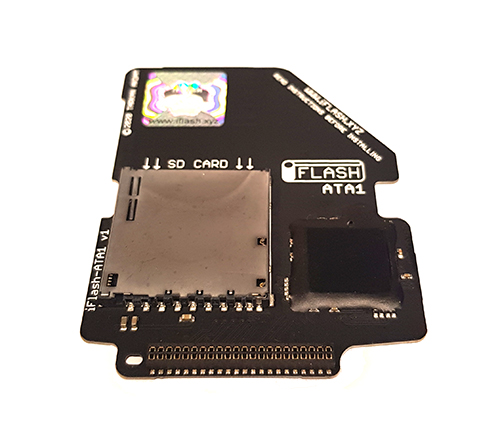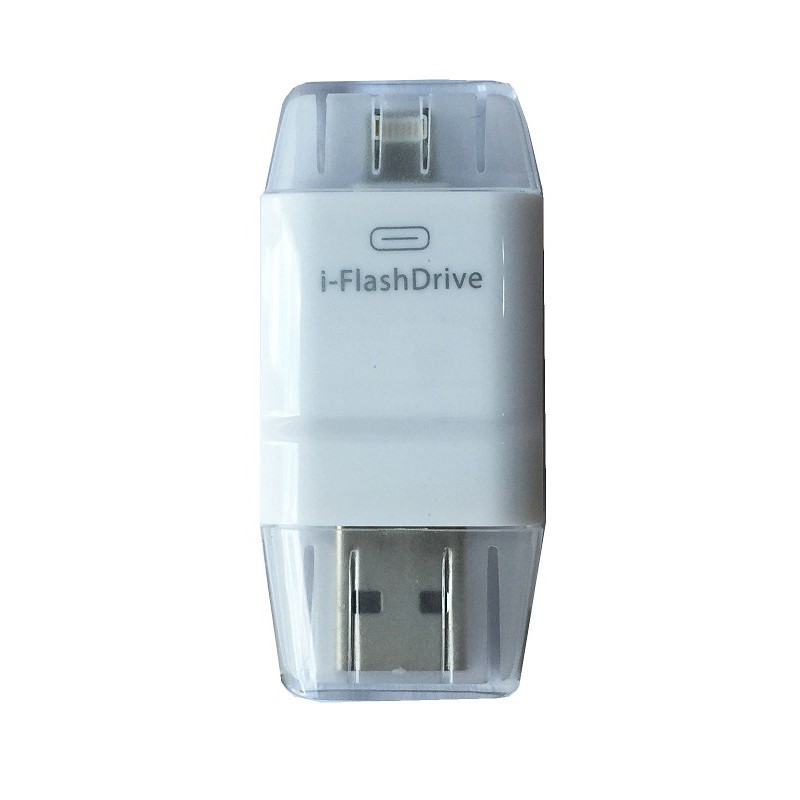

That is, look at Side 5 first and try to recall the reading ( Side 2), and after that, recall the writing of the kanji itself ( Side 1). If I don’t remember the reading as well, I can also look at Side 2.Īnd when I want a bit more intensive practice after I get the meaning down, I could do a Side 5-2-1 review. If I don’t understand the key word I’m trying to study (I put it in brackets in case there’s more than one word in the sentence I might be studying), I’ll look at Side 3, the English meaning, to remind me. I could start by studying the sentence, doing Side 4 first by reading it out loud. Multiple-sided flashcards gives me a wide variety of ways to go about studying. Here’s what I would use for the new unknown word 薬草:

Now you’re ready to build your flashcard. If you’re having trouble, the sentence may be too difficult for you at this point-you can save it for later after you’ve improved your grammar-or you can check your English translation for an idea.ģ.
IFLASH FLASH CARDS HOW TO
If you’re not sure how to read a kanji so that you can enter it into your computer, you can search by kanji by handwriting or by kanji radical.Ģ.

Using the above screenshot as an example, let’s see how I would go about creating my flashcards: Your task while playing is to essentially mine the game for all that it’s worth-jot down every sentence you think is useful and not overly convoluted with difficult or rarely-used words. The search for the Sulfer Weed medicine begins!
IFLASH FLASH CARDS MAC
The developer will be fixing this issue in an upcoming update, but until then, you need to assign offending decks new IDs using the deck preferences in the Mac version.

If you try syncing multiple decks with the same ID, only one will find its way to your iPhone. It takes only a second or two for the cards to be transferred, but I did come across one bug here: Each card deck has a unique identifier for syncing, and if you duplicate a deck in the Mac version-for example, to use one deck as a starting point for another-the copy keeps the original’s ID. To get your study cards onto the iPhone or iPod touch, you first launch iFlash Touch then you open iFlash on your Mac, choose the deck you want to transfer, and click on Export ->. Side By Side: Here’s the front of a two-sided flashcard… But it would be nice if you could add a card or two on the go, or make minor corrections or edits to existing cards without having to wait until you get back to your desk.
IFLASH FLASH CARDS FOR MAC
(There are also thousands of pre-made decks available via the online iFlash Deck Library.) When it comes to creating decks, this isn’t much of a drawback the $15 iFlash for Mac is excellent and it would be a tedious task to create an entire deck of study cards on the phone. However, because iFlash Touch is designed as a companion to the Mac version, you can’t create or edit cards on the iPhone or iPod touch you do that on your computer.


 0 kommentar(er)
0 kommentar(er)
